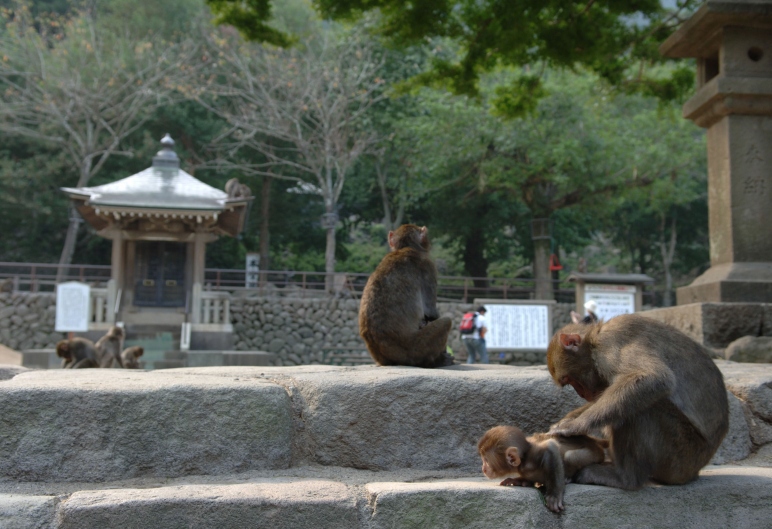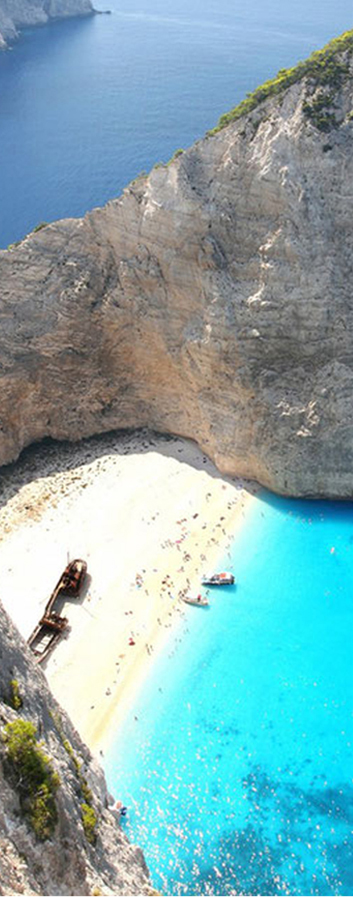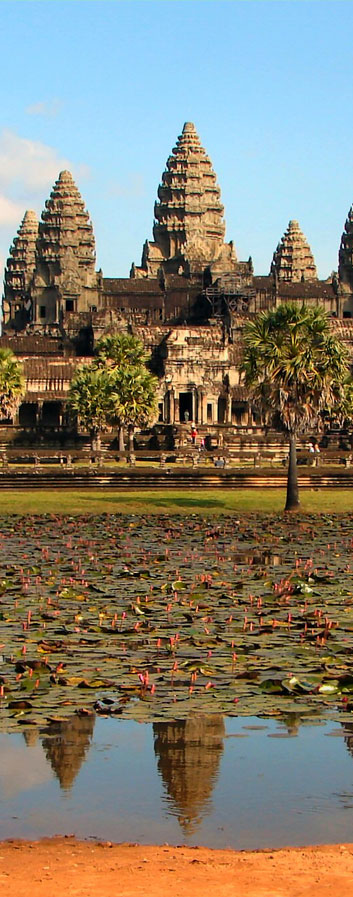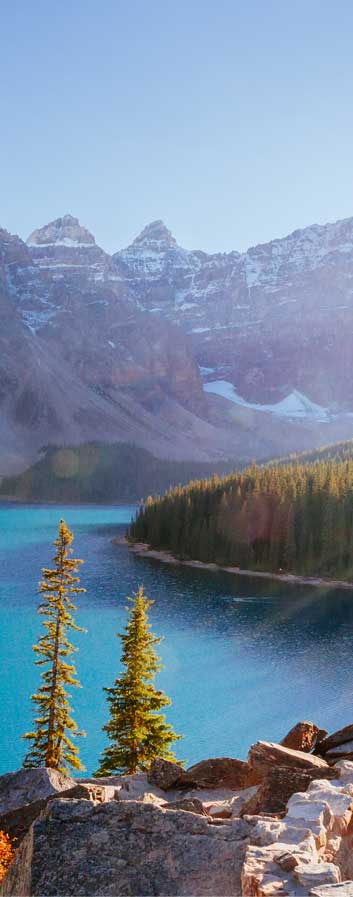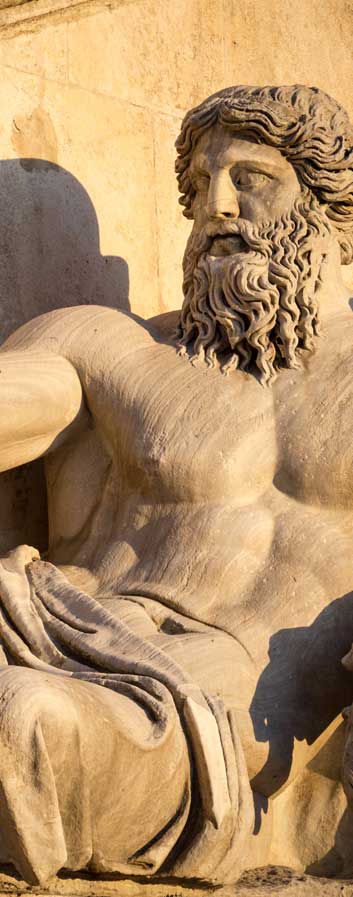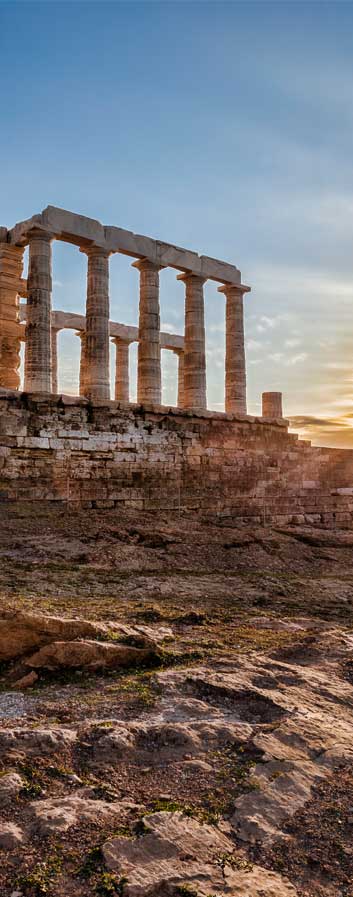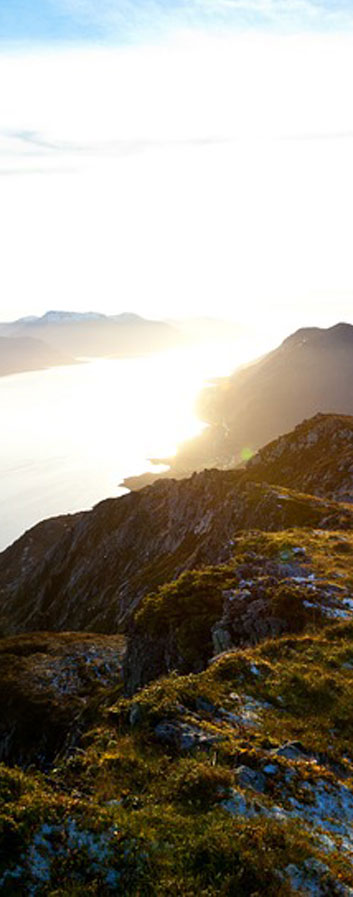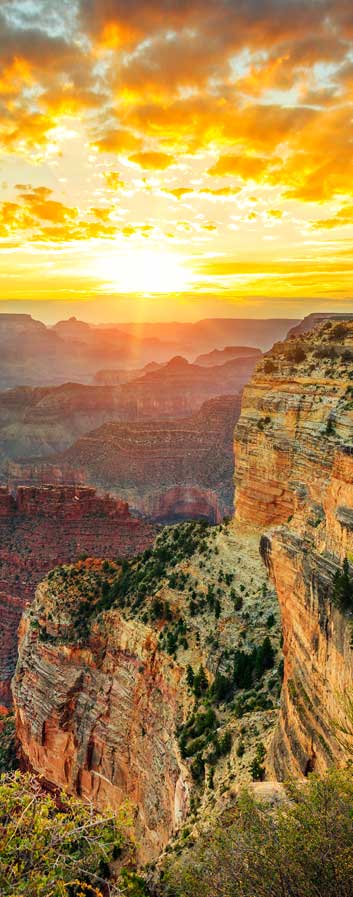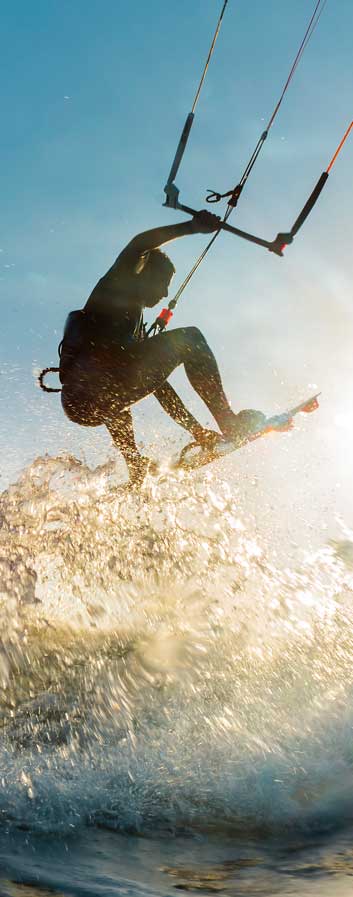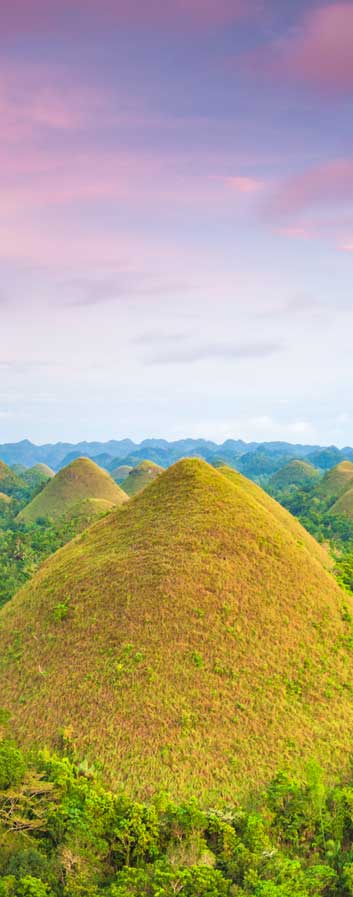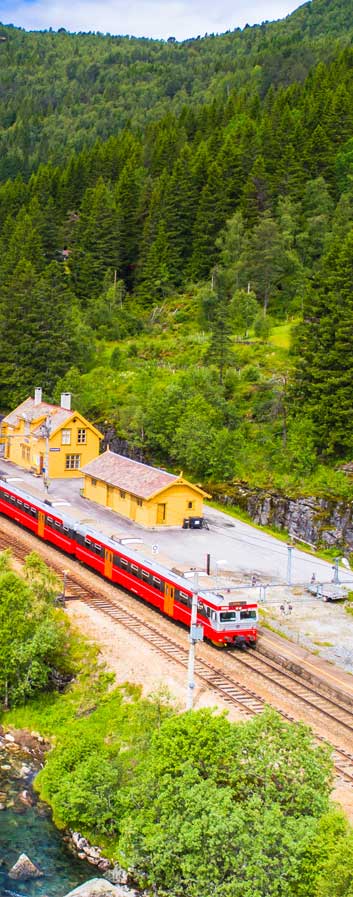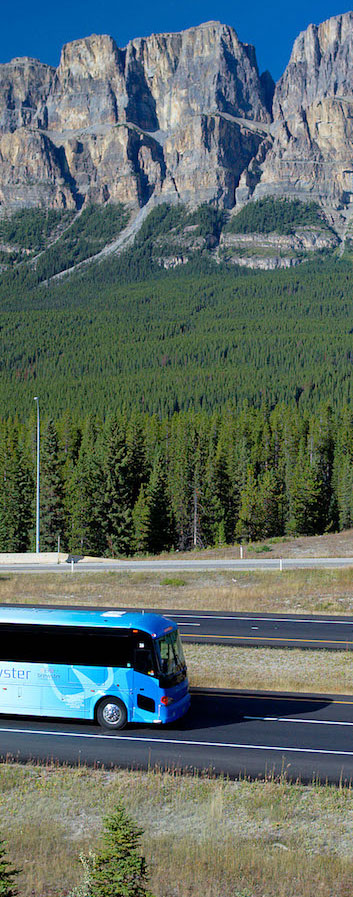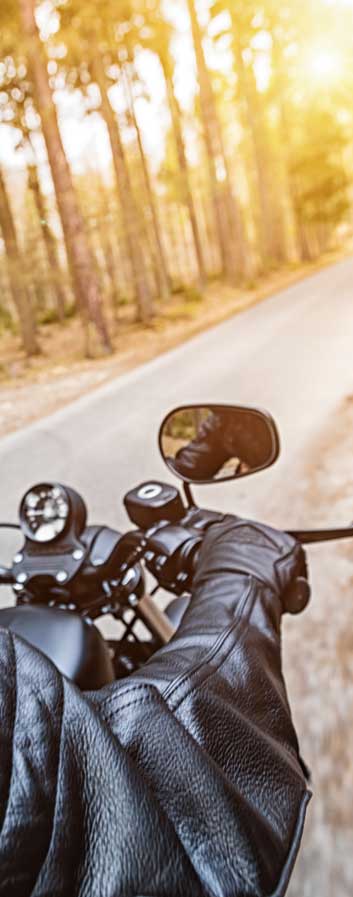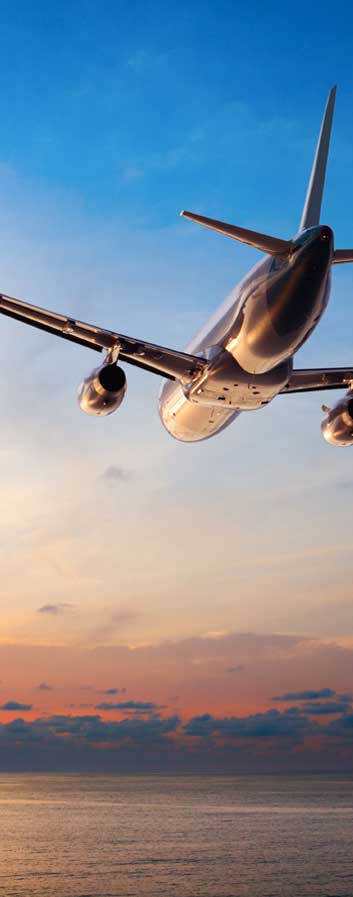Beppu
Beppu (別府) is one of Japan's most famous hot spring resorts, producing more hot spring water than any other resort in the country.
Beppu offers an unmatched range of baths to be enjoyed, including ordinary hot water baths, mud baths, sand baths and steam baths. In addition, the Hells of Beppu are several spectacular hot springs for viewing rather than bathing.
Beppu is one of the most famous hot spring resorts in Japan. The city is blessed by as many as eight different springs, named Beppu, Kannawa, Myoban, Kankaiji, Hamawaki, Kamegawa, Horita and Shibaseki, each featuring public baths and ryokan with bathing facilities. Together they produce more hot spring water than any other resort in the country.
What sets Beppu apart from other onsen resorts is not only its abundance of thermal waters, but also the wide range of bath types that can be enjoyed there. Asides from conventional hot water baths, Beppu offers sand baths, where bathers are buried in naturally heated sand, steam baths that are heated by the steam of a hot spring and mud baths which are basically muddy hot water baths.
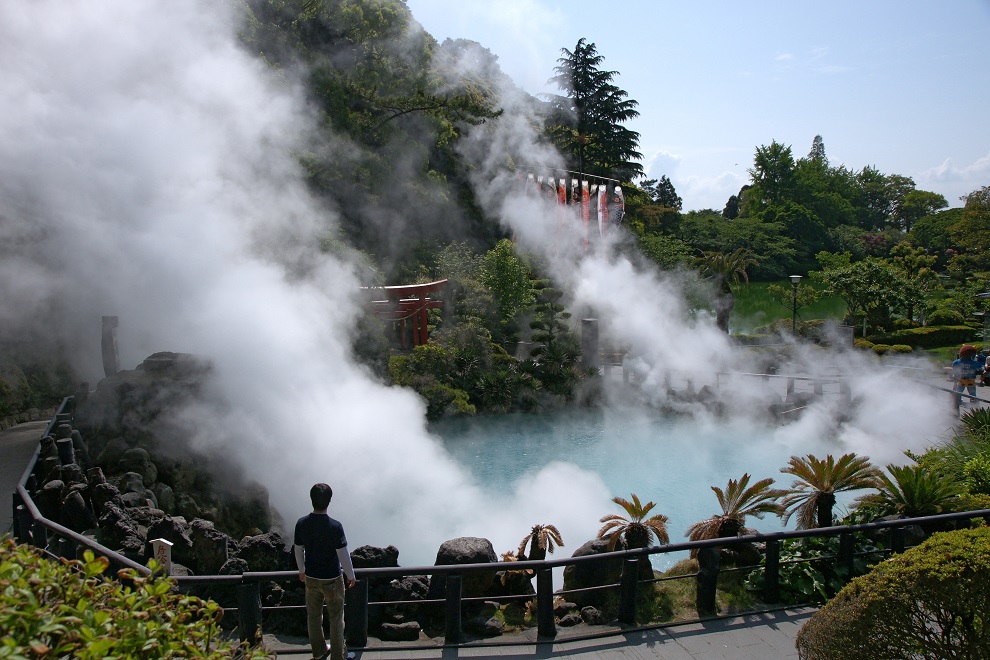
The "hells" (地獄, jigoku) of Beppu are eight spectacular hot springs for viewing rather than bathing. They are presented to visitors in a rather touristy fashion, which might not appeal to everybody. Six of the hells are located in the Kannawa district and two in the more remote Shibaseki district.One of the more beautiful hells, the "sea hell" features a pond of boiling, blue water. In its spacious gardens, there are a few secondary, orange colored hells and a large, clear water pond with lotus flowers whose large leaves are strong enough to carry small children. Oniishibozu Jigoku is named after the mud bubbles, which emerge from boiling mud pools and look like the shaven heads of monks. Besides the mud pools, it features a foot bath with clear water. Adjacent to the hell is a public bath with multiple pools that costs an additional 600 yen.
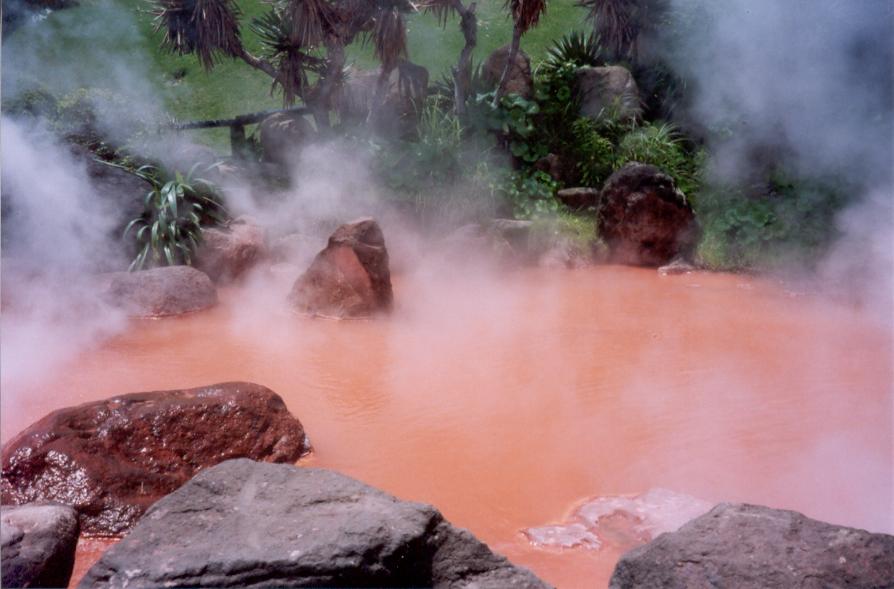
Mount Takasaki (高崎山, Takasakiyama) is a forested mountain just outside of Beppu and home to more than 1500 wild Japanese monkeys. The monkeys are fed regularly by park wardens in order to keep them on the mountain and prevent conflicts with farmers and residents in the neighborhood. A visit to Takasakiyama Monkey Park is best combined with a visit to the nearby Umitamago Aquarium.
Of the park's two main trailheads, the Makinoto Pass is located at a higher elevation and is closer to the main mountain peaks, while the Chojabaru Visitor Center has informative displays about the area and more facilities. Depending on the trailhead and route taken, a round trip to Kuju's main peaks typically takes between four and six hours.
The park's highest point is the Nakadake (中岳) peak, which stands at 1791 meters. The nearby Kuju (久住山) peak stands slightly shorter at 1786 meters and is popular for its fantastic views. Another popular peak to visit is Hossho (星生山), which has steam emitting vents along its slopes. The peaks of the Kuju mountains are usually covered in snow from December through March.
Travelers who are looking for a less time consuming and physically demanding hike can explore a network of walkways around the Chojabaru Visitor Center. There is a wetland beside the visitor center above which wooden walkways are elevated. A looping 2.5 kilometer course takes 30-40 minutes to walk, and the Kuju mountains can be seen from along the path.
Due to the area's volcanic activity, there are quite a few onsen (natural hot springs) in the Kuju area. Around the base of the mountains there are a few ryokan and hotels with hot spring baths that can be used by overnight guests and in some cases day trippers. The particularly attractive hot spring town of Kurokawa Onsen is also located nearby.
